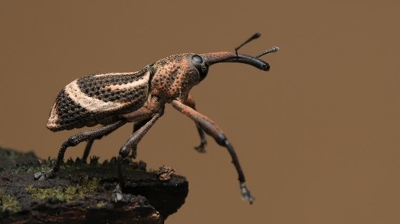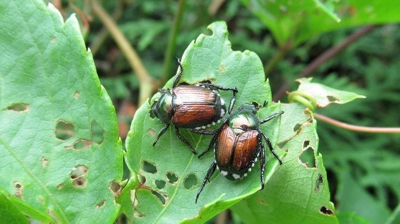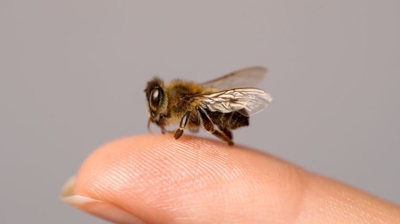
Baltimore MD Pest Control
Baltimore MD Pest Control Company
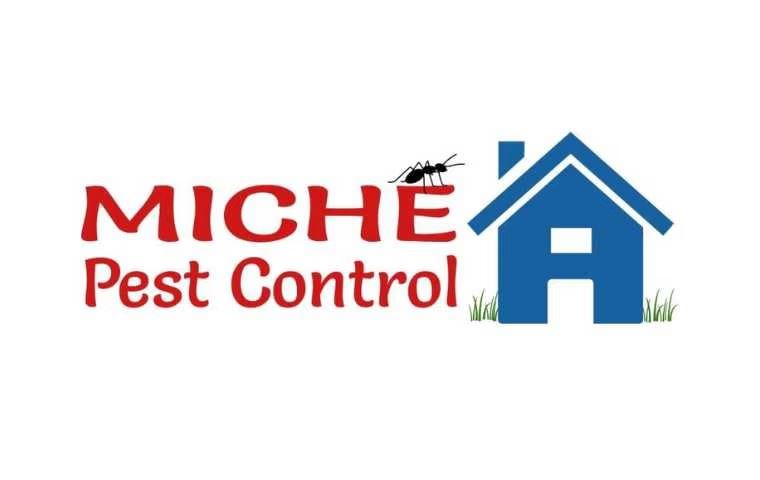
Miche Pest Control is a pest control company that provides residential & commercial pest control services in Baltimore MD and the surrounding areas. Miche Pest Control was started in 2019 by Tom Miche, after he had worked for years as a pest control technician and service manager. Since its formation in 2019, Miche Pest Control has provided high quality pest control, rodent control, mosquito control, and termite control services. Miche Pest Control has earned a 4.9 star rating with over 1,000 reviews.
With service times available as soon as the next business day, you can count on Miche Pest Control. Contact us - get your free quote on the best pest control in Baltimore MD, and we'll add a free upgrade to include termite monitoring services when you enroll in one of our quarterly pest control plans. Call today or book online!
Baltimore MD Pest Control Services
- Ant Control
- Bed Bug Control
- Bee Control
- Carpenter Ant Control
- Carpenter Bee Control
- Centipede Control
- Clover Mite Control
- Cockroach Control
- Commercial Pest Control
- Cricket Control
- Earwig Control
- Fire Ant Control
- Flea Control
- Hornet Control
- Lady Bug Control
- Millipede Control
- Mosquito Control
- Mouse Control
- Rat Control
- Residential Pest Control
- Rodent Control
- Silverfish Control
- Spider Control
- Springtail Control
- Stink Bug Control
- Termite Control
- Tick Control
- Vole Control
- Wasp Control
- Yellowjacket Control
Baltimore MD Exterminator
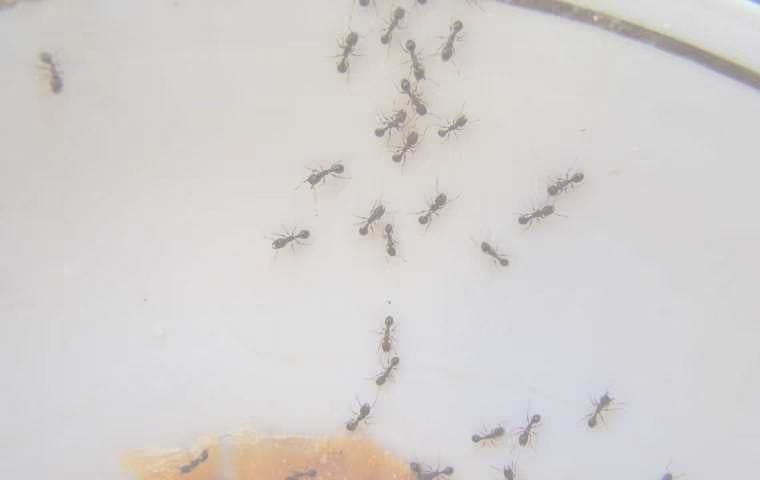
For dependable pest management services, turn to the exterminating company Miche Pest Control. Our knowledgeable team of exterminators serving Baltimore MD knows how to detect and manage unwanted pests, to help protect you and your family. We know just how much of a problem these pests can cause, impacting your comfort at home, and we offer vigilant service, so you don't have to live with pests any longer than necessary. Contact us - or book online!
Extermination Services In Baltimore MD
Miche Pest Control provides extermination services that get rid of ants, spiders, cockroaches, and more from homes and businesses in Baltimore MD. We get rid of pests fast by using a combination of highly effective treatment methods, using the best products available for the specific pests that you're seeing. Our most popular plan in Baltimore MD is our quarterly pest control service. Included in each quarterly service from Miche Pest Control:
- Spider Web Removal
- Wasp & Hornet Nest Removal
- 4 to 6 Foot Barrier Spray For Crawling Insects
- 10 Foot Granular Barrier To Push Bugs Away From The Home
- Detailed Crack & Crevice Treatments
- Inside Treatment As Needed
This service is designed to be thorough enough on the outside that you shouldn't need inside treatment, but the inside is always included when needed and/or requested. We use products that are registered with the EPA, and labeled for use in and around homes, hospitals, day cares, and pet kennels. The first service gets rid of any current pest issues, and immediately starts working to keep pests from coming back after they've been eliminated. A few months later, once the products break down and egg sacs start hatching, the pests usually come back - that's why we do four services per year, and more if you need. If you're having issues with covered pests in between regular services, just let us know and as needed, we'll go back out in between services at no extra cost.
What Should I Do If I Have Rats In Baltimore MD?
The most common rat in Baltimore is the Norway Rat (Brown Rat). Norway rats are known vectors of disease, and cause property damage by eating and contaminating food, damaging buildings and other property by gnawing and burrowing. They also negatively impact the image of the communities they're in.
Because rats need shelter, food, and water, the best way to control rat populations is through proactive sanitation practices. Reducing any of these factors will have a positive impact in the rodent population. Eliminating even one will help you get rid of rats from your property. Here are some ideas to get you started in your quest to eliminate rodents from around your home or business:
Use a metal trash can with a tight fitting lid. This is actually a law in Baltimore, and for good reason - rats will chew through plastic bags without difficulty, so you should never place bagged trash out unless it's inside a sealed trash can.
Get rid of leftover pet food every day. You should also clean up pet waste every single day, since pet waste often contains undigested pet food that rats can and will eat.
Remove old furniture, vehicles, and appliances from your property - inside and outside - since each of these give rats shelter, and can encourage them to nest nearby.
Regularly cut the grass (and weeds) in your yard. The shorter the grass, the fewer the number of hiding places that rats can have.
What Is The Best Way To Avoid Rodent Problems In Baltimore MD?
.2403260934550.jpg)
Rodents are constantly looking for food and shelter, and they will likely wander into your home or business in search of a safe space to nest, scavenge for food, and raise their families. Sealing any openings on your property is one of the best ways to avoid rodent problems. If they can’t find a way in, they won’t move inside to feed, breed, and nest!
Did you know that many rodents, including the common house mouse, are great climbers? To keep them from gaining access to your home or business, it is important to cut tree branches, bushes, and shrubs away from the outside of structures. Rodents are always looking for food, so keeping rodents away from your home or business may be as easy as picking up your pet’s leftover food each evening. These scraps left in your pet’s bowl are a predictable food source for mice or rats. Removing clutter from your property is a great way to help prevent rodent activity. Rodents are prey animals and like to stay hidden out of sight in clutter. There are also some natural methods that may be effective to deter mice. Some believe that placing peppermint oil or mothballs around the exterior of buildings to deter rodent activity.
Whether or not these DIY methods of rodent control are effective is up for debate, and you should always play it safe and partner with a professional. The experts at Miche Pest Control understand rodent behavior. Our rodent control process will find rodents, eliminate them, and prevent them from returning which will save you time and money.
Rodent Control In Baltimore, MD
Miche Pest Control provides rodent control services for mice, rats, and voles in Baltimore, MD and the surrounding areas. We get rid of rodents fast by using a combination of trapping, entry point exclusion, and outside bait stations. Included in your first rodent control service from Miche Pest Control:
- Entry Point Inspection
- Sealing Rodent Entry Points
- Trapping Mice & Rats Inside
- Tamper-Resistant Bait Stations Outside
We use tamper-resistant bait stations combined with products that are registered with the EPA, and labeled for use in and around homes, day cares, and pet kennels. The first service gets rid of any existing rats, mice, or voles, and immediately starts working to keep rodents from coming back after they've been eliminated. A couple months later, once the bait starts to deteriorate or run out and rodent populations start rebounding, mice and rats usually come back - that's why we do six services per year, and more if you need. If you're having issues with rodents in between regular services, just let us know and as needed, we'll go back out in between services at no extra cost.
Mosquito Control In Baltimore, MD
.2403260935550.jpg)
Miche Pest Control provides mosquito control services in Baltimore, MD and the surrounding areas. We get rid of mosquitoes fast by combining yard fogging with larvicide applications, using high quality products for lasting protection from mosquitoes, ticks, and fleas outside. Included in each mosquito control service from Miche Pest Control:
- Yard Fogging For Fast Relief From Mosquitoes
- Larvicide Applications To Keep Them From Coming Back
- High Quality Products For Lasting Protection, Rain Or Shine
Not only does this cover mosquitoes, but it also works on ticks and fleas outside. We use products that are registered with the EPA, and labeled for use around homes, hospitals, day cares, and pet kennels. The first service gets rid of any existing mosquitoes, and immediately starts working to keep mosquitoes from coming back after they've been eliminated. Three to four weeks later, once the products break down and eggs start hatching, the mosquitoes usually come back - that's why we do eight services per year, and more if you need. If you're having issues with mosquitoes in between regular services, just let us know and as needed, we'll go back out in between services at no extra cost.
How Serious Are Termites In Baltimore MD?
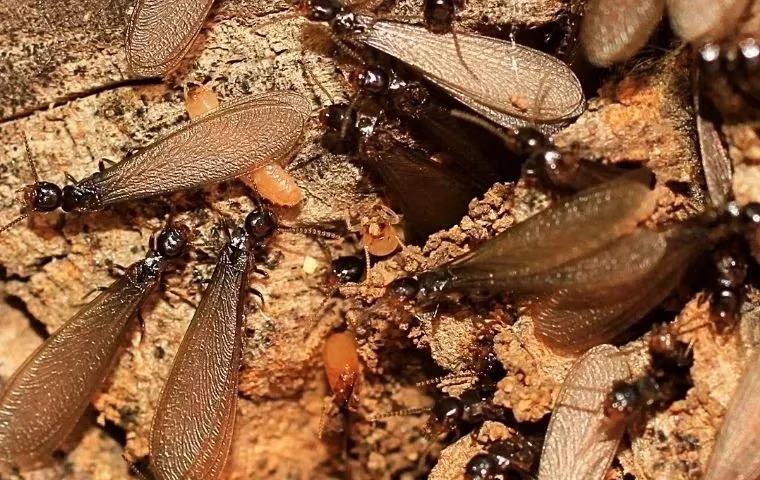
Termites are a pest that needs to be taken seriously. They eat through enough wood and cause billions of dollars in damage to properties across the country each year. These nuisance pests enter structures unseen through tiny cracks in foundations or areas that are in contact with soil such as porches, trim, or deck beams. They have the unparalleled ability to work inconspicuously inside of a home or business for months or even years, feeding on its structural wood day and night. Unfortunately, when it comes to termites no home or business is safe, and their presence usually isn’t discovered until they’ve caused significant damage. Termite damage has the potential to become quite extensive and is thus expensive to repair. Furthermore, most homeowners insurance companies don’t cover termite damage.
Protecting your Baltimore structure from termites should be taken seriously, and at Miche Pest Control, we offer tested termite control solutions that will help make your termite problem a thing of the past! Our professionals use the Trelona® Advance® Termite Baiting System to control current and prevent future termite infestations. We will work with you to keep wood-eating termites out of your Baltimore home or business. To learn more about this highly effective system, contact Miche Pest control today!
Baltimore MD Termite Control
Miche Pest Control provides termite control services in Baltimore, MD and the surrounding areas. We get rid of termites fast by combining termite bait stations with direct treatment of areas with termite damage and live termites, providing fast relief from termite infestations as well as lasting protection from existing and future termite populations. Included in your first termite control service from Miche Pest Control:
- Spot Treatment Of Areas With Termite Damage
- Spot Treatment Of Areas With Live Termites
- Installation Of Termite Bait Stations For Lasting Protection
This service plan provides year round protection from subterranean termites. We use products that are registered with the EPA, and labeled for use around homes, hospitals, day cares, and pet kennels. The first service is designed to get rid of an existing termite infestation, and immediately starts working to keep termites from coming back after they've been eliminated. The bait stations are loaded with enough bait to last a year - that's why we do at least one service per year, and more if you need. If you're having issues with termites in between regular services, just let us know and we'll go back out in between services at no extra cost.
Baltimore MD Home Pest Control
Ongoing, professional pest coverage is the best way to eliminate current pest problems and prevent future pest problems. Protecting your home and family from pests is important. These nuisance creatures spread disease, trigger allergies, and cause damage to your home and personal property.
Get a step ahead of pests by partnering with Miche Pest Control. We offer discrete, non-invasive pest control services. Our professionals focus on treating the exterior of your home to protect the inside of your home from pests.
To maintain a pest-free home, reach out to the experts here at Miche Pest Control and learn more about our customized pest control plans.
Commercial Pest Control In Baltimore MD
Working with a dedicated and experienced pest control company is the best way to protect your Baltimore business from pests. Infestations damage property and introduce bacteria, human pathogens, and parasites. If left alone, these pests will damage your reputation; this is a scary thought for business owners. Specifically, pests create the following problems for business owners:
- Rodents or insects will contaminate dishes, food, food preparation areas, and other surfaces.
- Biting pests like mosquitoes transmit diseases to their host.
- Stinging insects will drive customers away.
- Infestations result in failed government health inspections.
- Pests destroy food, furniture, carpets, wallpaper, clothing, and electrical equipment.
- Wood-destroying insects like carpenter ants and termites cause expensive damage to the structural integrity of your facility.
Start protecting your business’s reputation, employees, and customers from pests today by contacting Miche Pest Control. We have the year-round commercial pest control solutions you need to keep pests from making themselves at home on your commercial property.
Baltimore MD Commercial Pest Control
Miche Pest Control provides services in Baltimore MD for the following types of commercial institutions, and more:
- Fast Food & Other Restaurants
- Law Offices
- Doctor & Dentist Offices
- Systems Design Offices
- Consultant Firms
- Liquor Stores
- Convenience Stores
- Auto Repair Shops
To learn more and get a free quote on commercial pest control services, fill out the form below, or give us a call today!
Get Rid Of Pests With Miche Pest Control
Bee | Crickets | Hornets | Yellowjackets | Termites | Ticks | Lady Bugs | Rats | Silverfish | Spiders | Carpenter Bees | Cockroaches | Fleas | Wasps | Earwigs | Centipedes | Mosquitoes | Stink Bugs | Carpenter Ants | Ants | Voles | Millipedes | Fire Ants | Mice | Springtails | Clover Mites | Bed Bugs | Hornets | and more!
Click here to see a more complete list of pests that we can get rid of for you.
Baltimore, MD
Baltimore is the most populous city in Maryland, as well as the 30th most populous city in the United States. Baltimore is the largest independent city in the country and was designated as such by the Constitution of Maryland in 1851. Baltimore is located about 40 miles northeast of Washington DC, making it a principal city in the Washington–Baltimore combined statistical area.
British colonists established the Port of Baltimore in 1706 to support the tobacco trade, and established the Town of Baltimore in 1729. The Battle of Baltimore was a pivotal engagement during the War of 1812, culminating in the bombardment of Fort McHenry, during which Francis Scott Key wrote a poem that would become "The Star-Spangled Banner", which was eventually designated as the American national anthem in 1931. During the Pratt Street Riot of 1861, the city was the site of some of the earliest violence associated with the American Civil War.
The Baltimore and Ohio Railroad, the oldest railroad in the United States, was built in 1830 and cemented Baltimore's status as a major transportation hub, giving producers in the Midwest and Appalachia access to the city's port. Baltimore's Inner Harbor was once the second leading port of entry for immigrants to the United States. In addition, Baltimore was a major manufacturing center. After a decline in major manufacturing, heavy industry, and restructuring of the rail industry, Baltimore has shifted to a service-oriented economy. Johns Hopkins Hospital and Johns Hopkins University are the city's top two employers. Baltimore and its surrounding region are home to the headquarters of a number of major organizations and government agencies, including the NAACP, ABET, the National Federation of the Blind, Catholic Relief Services, the Centers for Medicare & Medicaid Services, and the Social Security Administration.
With hundreds of identified districts, Baltimore has been dubbed a "city of neighborhoods". Many of Baltimore's neighborhoods have rich histories: the city is home to some of the earliest National Register Historic Districts in the nation, including Fell's Point, Federal Hill, and Mount Vernon. These were added to the National Register between 1969 and 1971, soon after historic preservation legislation was passed. Baltimore has more public statues and monuments per capita than any other city in the country. Nearly one third of the city's buildings (over 65,000) are designated as historic in the National Register, which is more than any other US city.
Nearby Cities:
Ellicott City MD (10 miles), Columbia MD (15 miles), Laurel MD (18 miles), Annapolis MD (22 miles), Bowie MD (22 miles), Hyattsville MD (29 miles), Silver Spring MD (30 miles), Rockville MD (32 miles), Bethesda MD (33 miles), Gaithersburg MD (33 miles), Upper Marlboro MD (34 miles), Washington DC (35 miles), Arlington VA (38 miles), Alexandria VA (41 miles), Falls Church VA (41 miles), Frederick MD (44 miles), Springfield VA (46 miles), Herndon VA (47 miles), Fairfax VA (48 miles), Ashburn VA (50 miles), Leesburg VA (52 miles), Woodbridge VA (56 miles), Manassas VA (59 miles), Fredericksburg VA (82 miles)

Hear From Our Happy Customers
-
"Fantastic & Patient"
Jarvis was fantastic and patient. He answered my questions with an in-depth explanation and addressed all of my areas of concern. Would love for him to be my assigned tech going forward. Well done!
- Yonnette M. -
"Wonderful Service"
Wonderful service. Jarvis is great. Took care of everything I needed. Thank you!
- Henry P. -
"Professional & Considerate"
I’m pleased with Miche services. Jarvis came today. Professional and considerate. Thank you!
- Judy B. -
"Exceeds Expectations"
I can’t say enough positive things about this company... The tech that came out, Jarvis went above and beyond my expectations. Thank you guys, I will continue using your services.
- Jake M. -
"Very Knowledgeable"
The tech that arrived was courteous, professional, and very knowledgeable. He was Great.
- Uerial I. -
"Great Communication"
Tech was on time, communication was great, and he accommodated my needs.
- Alonzo W.

